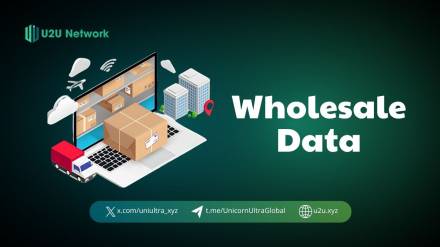Tired of Big Tech's data monopoly? The internet stands on the cusp of a revolution. Welcome to the Web3 ecosystem, a revolutionary paradigm shift that empowers users through decentralization, blockchain technology, and tokenomics. This article delves into the core components, benefits, and challenges of this emerging landscape, illustrating the transformative potential of Web3 in reshaping the future of the internet.
Table of Contents
Understanding the Web3 Ecosystem
The Web3 ecosystem marks a departure from the conventional Web2 model, focusing on decentralization as its core principle. Unlike Web2, where power and control are concentrated in the hands of a few tech giants, Web3 distributes authority among a network of participants. This transformation is underpinned by blockchain technology, a decentralized and immutable ledger that ensures transparency and security for transactions and data.
At the heart of the Web3 ecosystem lies blockchain, serving as the foundational technology that enables a trustless environment. This allows users to interact directly without intermediaries, eliminating the reliance on centralized platforms. Consequently, users gain greater autonomy and control over their data and digital assets.
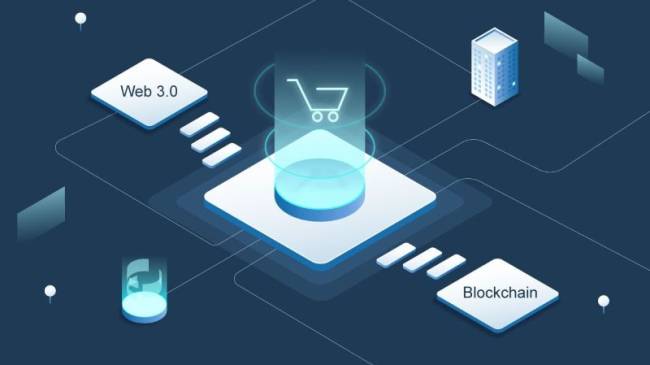
Central to the Web3 ecosystem is token-based economics, where cryptocurrencies and tokens incentivize engagement and facilitate new economic models. These tokens can signify ownership, voting rights, or access to specific services within decentralized applications (dApps). This framework fosters a more inclusive and participatory environment, where users are incentivized for their contributions and hold a stake in the network's prosperity.
In essence, the Web3 ecosystem represents a vision for a more democratic, transparent, and user-centric internet. It leverages decentralization, blockchain technology, and token-based economics to reimagine online interactions. This paradigm promises to revolutionize how we engage online, offering unprecedented opportunities for innovation, collaboration, and value creation.
Key Components of the Web3 Ecosystem
The Web3 ecosystem comprises several interconnected components that collectively define the decentralized internet of the future.
Decentralized Applications (dApps): At the core of Web3, dApps operate on blockchain networks rather than centralized servers. They offer advantages such as censorship resistance, enhanced security, and increased user control, as they are not governed by a single entity.
Decentralized Finance (DeFi): DeFi is a rapidly expanding sector within Web3, providing financial services on blockchain platforms. This includes decentralized exchanges (DEXs), lending and borrowing platforms, stablecoins, yield farming protocols, and insurance solutions. DeFi aims to democratize finance by offering transparent and accessible financial services globally.
Non-Fungible Tokens (NFTs): NFTs are unique digital assets representing ownership of specific items or content like art, music, and virtual real estate. Unlike cryptocurrencies, each NFT is distinct and cannot be replicated, enabling creators to monetize their work and collectors to trade verifiable digital assets.
Decentralized Autonomous Organizations (DAOs): DAOs are community-driven entities governed by smart contracts on blockchains. They enable collective decision-making through token holder voting, providing transparency, autonomy, and resistance to censorship. DAOs are increasingly used to manage decentralized projects and communities.
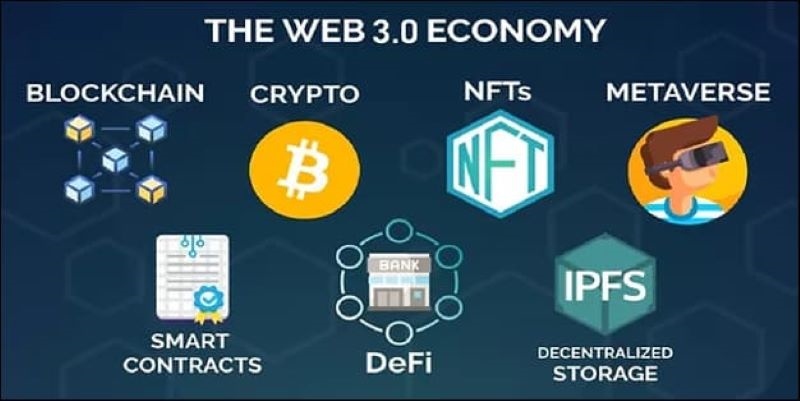
Other Components
Decentralized Storage: Platforms like IPFS and Filecoin offer secure and distributed storage solutions.
Decentralized Identity Solutions: Projects like Sovrin and uPort empower users with self-sovereign digital identities.
Oracles: Chain Link and similar projects connect blockchain smart contracts with real-world data, facilitating interactions with external information and events.
Benefits of the Web3 Ecosystem
The Web3 ecosystem represents a profound shift in how we engage with the internet, bringing forth a range of benefits that empower users and revolutionize the digital landscape.
User Empowerment
Central to Web3 is the empowerment of individuals. Through decentralized technologies like blockchain, Web3 enables users to assert greater control over their data, identity, and online interactions. This shift from passive consumers to active participants fosters a more democratic internet where users dictate how their information is utilized and shared.
Transparency and Trust
Blockchain technology underpins Web3, ensuring unprecedented transparency and trust. Every transaction and interaction is recorded on an immutable ledger, eliminating the need for blind trust in centralized authorities. This transparency not only promotes accountability but also reduces the risks associated with fraud and corruption, thereby building trust among users and stakeholders.
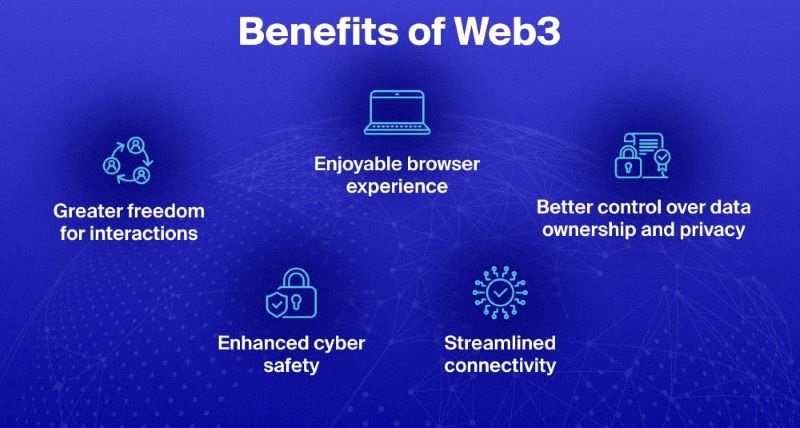
Innovation and Creativity
Web3's decentralized architecture and open-source ethos catalyze innovation and creativity. By lowering barriers to entry and enabling permissionless innovation, it empowers developers and entrepreneurs to create novel applications and services independently of traditional gatekeepers. This democratization of innovation cultivates a diverse ecosystem where new ideas flourish and evolve.
Financial Inclusion
Web3 holds promise for enhancing financial inclusion through decentralized finance (DeFi) applications. These platforms leverage blockchain to offer financial services such as lending, borrowing, and trading to individuals traditionally excluded from mainstream financial systems. By providing access to these services, Web3 can empower underserved populations, stimulate economic growth, and foster new avenues for wealth creation.
Challenges and Limitations of the Web3 Ecosystem
Scalability
Web3 faces significant scalability challenges, primarily within blockchain networks. Current frameworks often struggle with handling a large volume of transactions, leading to network congestion and increased transaction fees. This scalability issue impedes the seamless user experience necessary for widespread adoption. However, ongoing research and development efforts are focused on implementing scaling solutions like sharding, layer-2 protocols (e.g., Lightning Network), and new consensus mechanisms (e.g., Proof of Stake) to enhance network throughput and efficiency.
Usability
The complexity of blockchain technology and the lack of user-friendly interfaces present substantial barriers to mainstream adoption. Many users find it challenging to interact with Web3 applications due to unfamiliar processes such as wallet management, private key security, and transaction confirmation times. Improving usability through intuitive design, simplified onboarding processes, and user education initiatives is crucial for lowering entry barriers and attracting a broader user base.

Security Risks
Smart contracts, pivotal components of Web3 applications, are susceptible to vulnerabilities and exploits that can lead to financial losses and undermine trust in the ecosystem. Issues such as coding errors, flawed logic, and malicious attacks on decentralized platforms pose significant security risks. To mitigate these threats, rigorous security audits, thorough testing protocols, and adherence to best practices in smart contract development are essential. Additionally, continuous user education on recognizing and mitigating potential security risks is vital for safeguarding the integrity of Web3 applications.
Regulatory Uncertainty
The evolving regulatory landscape surrounding cryptocurrencies, tokens, and decentralized applications introduces uncertainty and compliance challenges for Web3 projects. Regulatory frameworks vary widely across jurisdictions, leading to ambiguity in classification, taxation, and legal responsibilities for developers and users alike. Lack of regulatory clarity can deter institutional adoption, stifle innovation, and create barriers to investment. Establishing clear and consistent regulatory guidelines that promote innovation while addressing concerns related to consumer protection, financial stability, and illicit activities is essential for fostering a conducive environment for Web3 growth.
Potentials of the Web3 Ecosystem in the future
The future of the Web3 ecosystem holds immense promise, driven by emerging trends and innovations that are reshaping online experiences and interactions
Emerging Trends
Metaverse: The metaverse represents a virtual universe where users can interact, transact, and participate in immersive experiences. It promises to revolutionize entertainment, commerce, and social interactions by blending virtual and physical worlds.
Decentralized Social Media: Platforms in the Web3 ecosystem are empowering users with greater control over their data and content. Decentralized social media networks aim to reduce dependence on centralized platforms, offering enhanced privacy and ownership rights to users.
Creator Economy: Blockchain technology is enabling creators to monetize their work directly through tokenization and decentralized platforms. This shift towards the creator economy empowers artists, musicians, writers, and influencers to manage and profit from their intellectual property more efficiently.
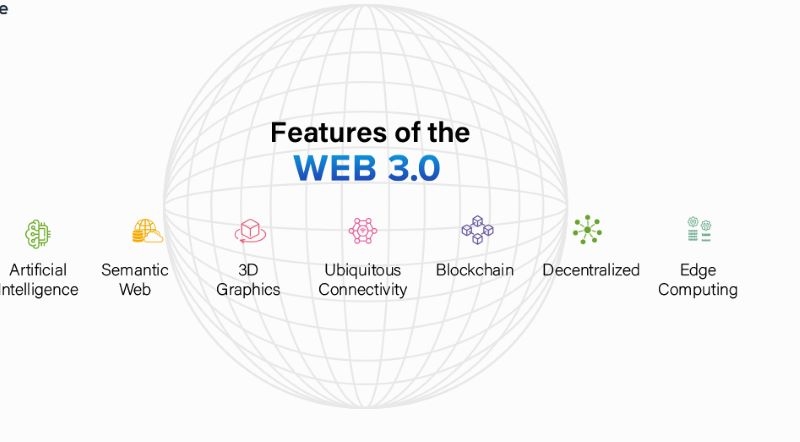
Adoption Prospects
The adoption of Web3 technologies hinges on addressing several critical factors:
Scalability: Blockchain networks must scale to support high transaction volumes and accommodate mainstream applications seamlessly. Innovations such as sharding, layer-2 solutions, and optimized consensus mechanisms are pivotal for achieving scalability.
Usability: Simplifying user interfaces and enhancing user experience is essential to broaden Web3 adoption. Improvements in wallet management, transaction speeds, and accessibility are crucial for attracting users unfamiliar with blockchain technology.
Security: Mitigating risks associated with smart contract vulnerabilities, hacks, and fraud is paramount. Robust security protocols, rigorous auditing processes, and ongoing education for developers and users are essential for building trust and confidence in Web3 applications.
Regulatory Landscape: Regulatory clarity and compliance frameworks are pivotal for fostering a supportive environment for Web3 innovation. Collaboration between industry stakeholders and regulators is crucial to navigating legal challenges and ensuring responsible growth.
Challenges Ahead
Scalability: Blockchain networks must evolve to handle the scalability demands of mainstream adoption, ensuring efficient transaction processing and low fees.
Usability: Simplifying user interfaces and improving accessibility will lower entry barriers and attract a broader audience to Web3 applications.
Security: Enhancing security measures and implementing best practices in smart contract development are crucial to protect users and maintain the integrity of Web3 ecosystems.
Regulatory Uncertainty: Addressing regulatory challenges and establishing clear guidelines will promote innovation while ensuring compliance and consumer protection.

The transformative potential of Web3 lies in empowering individuals with greater control over their digital identities, data, and interactions. By promoting decentralization, transparency, and user sovereignty, Web3 has the capacity to reshape digital ecosystems and foster a more equitable and inclusive internet.
The Web3 ecosystem marks a revolutionary shift in our internet experience, driven by decentralization, blockchain technology, and token-based economics. It empowers users with unprecedented ownership and control over their data, digital assets, and online interactions.
Risks Associated with Web3
In addition to the inherent risks of blockchain technology, Web3 also brings a new set of challenges that need to be addressed to ensure the sustainable and secure development of this ecosystem.
Privacy and Data Security Risks in dApps: While dApps promise greater control over data for users, they also pose privacy and security challenges. Data on the blockchain is often public and transparent, which can lead to the risk of personal information being exposed if not carefully managed. Security vulnerabilities in smart contracts or third-party applications can also result in the theft of users' data or assets.
Governance and Decision-Making Risks in DAOs: DAOs are designed to operate autonomously and in a decentralized manner, but decision-making within these organizations still faces many challenges. For instance, voting can be manipulated by individuals holding a large number of tokens, or members may lack the knowledge and experience to make informed decisions.
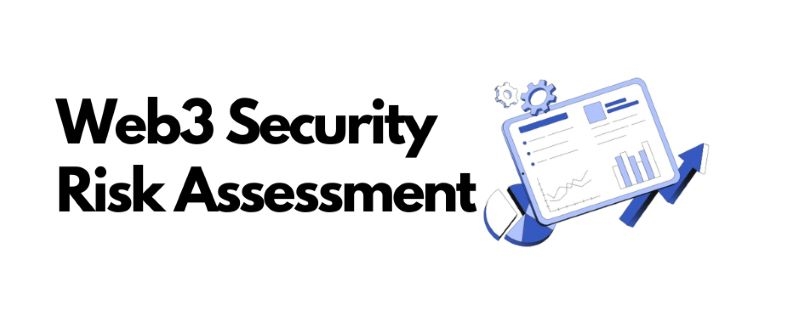
Adoption and Utilization Risks of New Web3 Technologies: Web3 is still a novel and evolving field, making the adoption and utilization of these new technologies challenging. Users might find it difficult to understand and use decentralized applications, or developers may face difficulties in building and deploying Web3 solutions. Furthermore, the lack of clear standards and regulations can hinder the development and widespread adoption of Web3.
Comprising diverse components like decentralized applications (dApps), decentralized finance (DeFi), non-fungible tokens (NFTs), and decentralized autonomous organizations (DAOs), Web3 technologies are already reshaping industries. They foster innovation, collaboration, and new avenues for value creation across various sectors.
In conclusion, the exploration of the Web3 Ecosystem has illuminated its transformative potential beyond traditional centralized systems. Decentralization lies at the heart of this evolution, promising enhanced security, transparency, and user empowerment across various sectors. U2U Network, while not directly integrated into the core of Web3 technologies like blockchain and decentralized applications (dApps), embodies the ethos of decentralization and community governance that define the Web3 movement.
U2U Network fosters a vibrant community where users are empowered to participate actively in decision-making processes, aligning closely with the democratic principles championed by Web3 initiatives. Through its commitment to transparency and user-centric development, U2U Network contributes to the broader goals of decentralization within the Web3 Ecosystem. As the Web3 landscape continues to expand and innovate, platforms like U2U Network play a crucial role in shaping a decentralized future that prioritizes security, inclusivity, and user control.


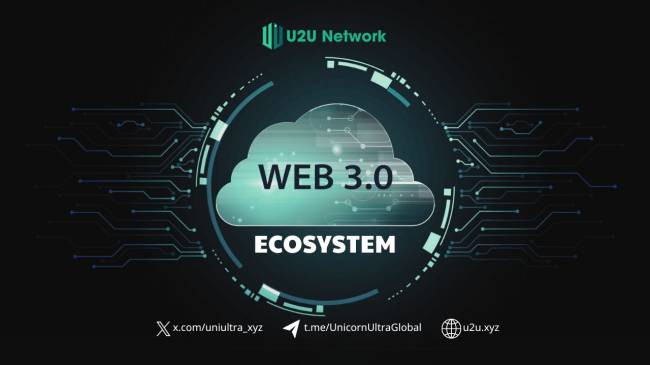
.png)

